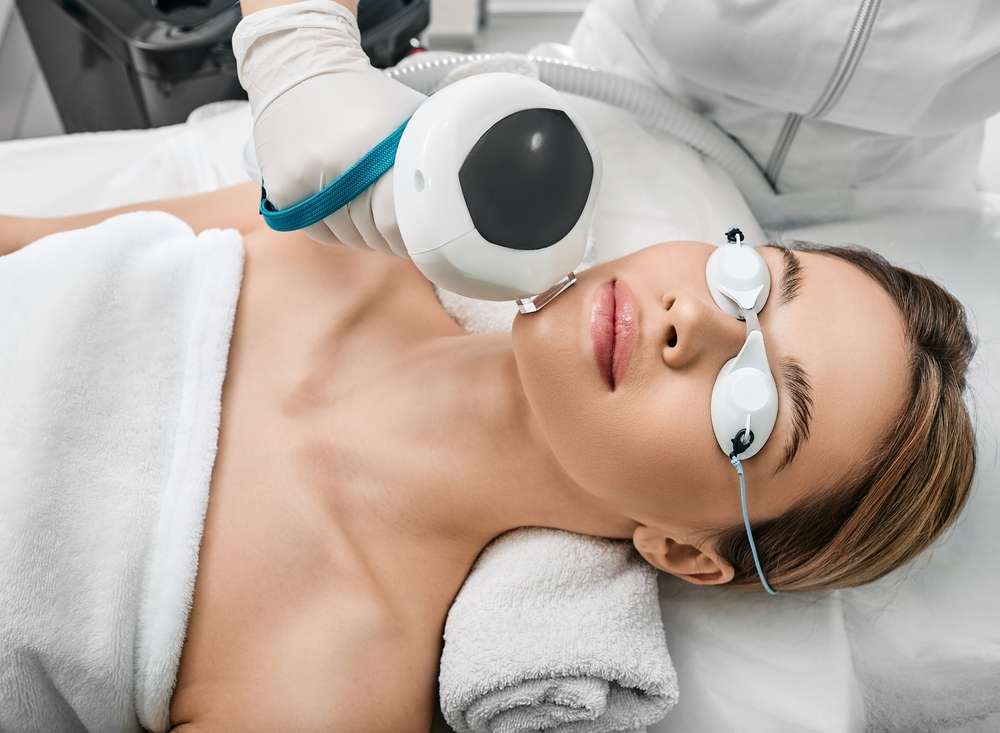Read more about laser surgery for under eye bags
Laser surgery for under eye bags is often discussed as a cosmetic option aimed at improving the appearance of puffiness in the under-eye area. If you're exploring this topic out of general curiosity, our article provides awareness-based insights on how such procedures are typically described, along with general considerations people may keep in mind. Read more about laser surgery for under eye bags.

Under eye bags can significantly impact one’s appearance, often making individuals look tired or older than they feel. Modern laser technology offers several approaches to address these concerns, ranging from non-invasive treatments to more comprehensive surgical procedures that incorporate laser assistance.
General overview of laser-assisted procedures for under eye concerns
Laser treatments for under eye bags typically fall into two main categories: non-ablative and ablative procedures. Non-ablative lasers work beneath the skin’s surface without removing tissue, stimulating collagen production and gradually improving skin texture and tightness. Ablative lasers remove thin layers of skin, promoting new skin growth and providing more dramatic results. CO2 lasers and erbium lasers are commonly discussed options, each offering different penetration depths and recovery timelines. Some procedures combine traditional blepharoplasty surgery with laser resurfacing to address both excess skin and surface irregularities simultaneously.
How laser treatments address puffiness and under-eye appearance
The perception of laser treatments in reducing under-eye concerns stems from their ability to target multiple contributing factors. Laser energy can help tighten loose skin, stimulate the production of new collagen fibres, and improve overall skin texture around the eye area. Many individuals notice gradual improvements in skin firmness and a reduction in the appearance of fine lines that often accompany under eye bags. The heat generated by laser treatments can also help contract existing collagen fibres, providing an immediate tightening effect that continues to improve over several months as new collagen develops.
Typical steps in laser-based cosmetic eye procedures
Laser procedures for the under-eye area generally follow a structured approach beginning with comprehensive consultation and skin assessment. The treatment area is thoroughly cleansed and may receive topical anaesthetic for comfort during the procedure. Protective eyewear is essential to shield the eyes from laser light. The practitioner then applies the laser in controlled patterns, adjusting intensity and coverage based on individual skin conditions and desired outcomes. Treatment duration varies but typically ranges from 30 minutes to two hours depending on the extent of the procedure and whether it’s combined with other techniques.
Important considerations before exploring laser procedures
Several factors require careful consideration before pursuing laser treatment for under eye bags. Skin type, medical history, and realistic expectations all play crucial roles in determining candidacy for these procedures. Individuals with certain medical conditions, those taking specific medications, or people with darker skin tones may face increased risks or limitations. The severity of under eye bags also influences treatment selection, as some cases may benefit more from surgical intervention rather than laser therapy alone. Professional consultation remains essential for evaluating whether laser treatments can effectively address individual concerns.
Recovery awareness and post-treatment considerations
Recovery from laser treatments for under eye bags varies significantly based on the type and intensity of the procedure performed. Non-ablative treatments typically involve minimal downtime with possible mild redness and swelling for a few days. Ablative procedures generally require longer healing periods, often involving several weeks of careful wound care and sun protection. Common post-treatment experiences include temporary swelling, bruising, and skin sensitivity. Proper aftercare, including gentle cleansing, prescribed topical treatments, and strict sun avoidance, significantly impacts healing outcomes and final results.
| Treatment Type | Provider Examples | Cost Estimation |
|---|---|---|
| Non-ablative laser | Private clinics, dermatology centres | £800-£2,500 per session |
| CO2 laser resurfacing | Plastic surgery practices, medical spas | £2,000-£5,000 per treatment |
| Combined laser blepharoplasty | Cosmetic surgery clinics | £3,500-£7,500 per procedure |
Prices, rates, or cost estimates mentioned in this article are based on the latest available information but may change over time. Independent research is advised before making financial decisions.
Laser surgery for under eye bags represents a sophisticated approach to addressing common aesthetic concerns around the eye area. While these treatments offer promising results for many individuals, success depends heavily on proper candidate selection, realistic expectations, and choosing qualified practitioners with extensive experience in laser procedures. The combination of advancing technology and refined techniques continues to improve outcomes while reducing recovery times, making these treatments increasingly accessible to those seeking to refresh their appearance around the delicate eye area.
This article is for informational purposes only and should not be considered medical advice. Please consult a qualified healthcare professional for personalized guidance and treatment.




